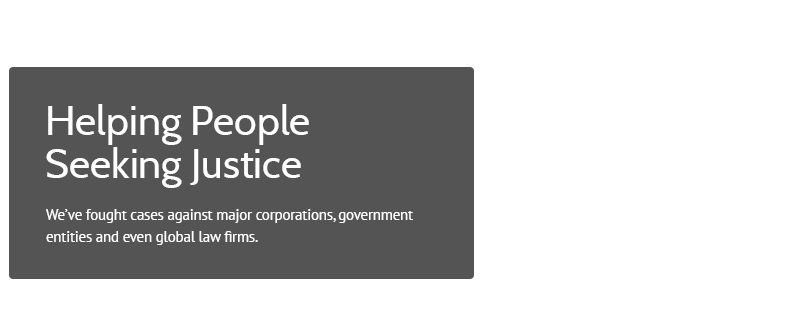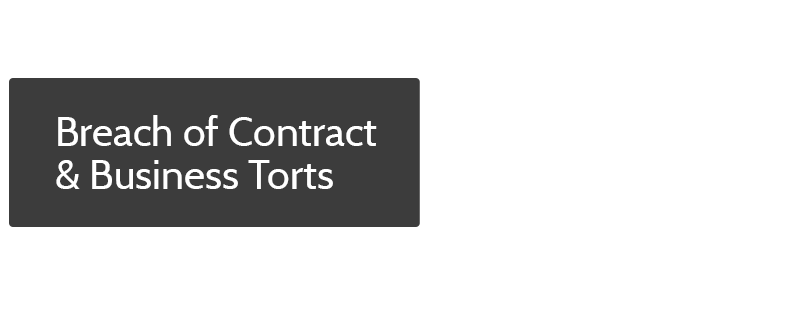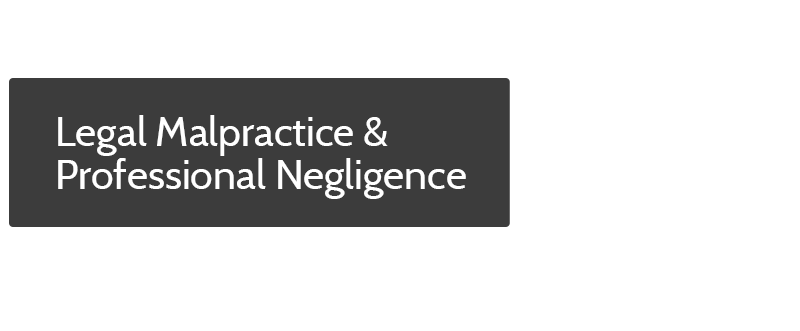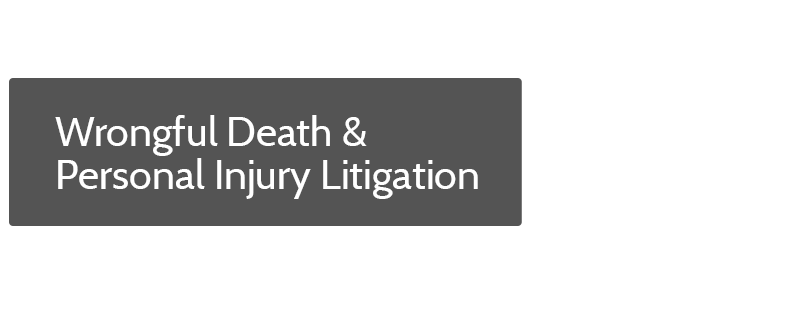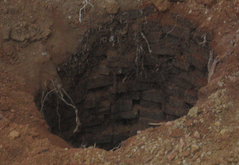The Duty to Avoid “Obvious” Hazards
Landlords, and tenants in control of property, do not have a legal obligation to ensure that no one is injured on or by conditions on their properties. The law does not consider them “insurers” of people’s safety.
The “duty” which exists under negligence law requires landlords, and other people in possession and control of property, to keep those properties reasonably safe, to warn of concealed hazards, and to exercise “ordinary care” in the inspection and maintenance of the properties they own and/or control.
PEOPLE ENTERING PROPERTY HAVE A LEGAL DUTY TO AVOID OBVIOUS DANGERS.
However, people who enter and use the property of others have duties too. The average person (particularly adults, but also children in many cases) have a legal obligation to perceive and avoid “obvious” hazards, meaning dangerous conditions that a person in similar circumstances would have noticed and avoided. By law, a condition which presents an obvious, clear and present danger actually serves as its own warning–the person in control of the land generally has no additional duty to warn of its existence.
The question of whether or not a hazard is “obvious” enough not to require a warning is normally considered a question of fact. This means that, at trial, a jury will normally decide the issue. However, here–as elsewhere–a judge may be able to take the decision away from the jury where the dangerous condition was so obvious that no reasonable person could have concluded otherwise.
OWNERS AND POSSESSORS OF PROPERTY HAVE A DUTY TO REPAIR OBVIOUS DANGERS.
Note: the fact that a landlord has no duty to warn others of an obvious hazard does not eliminate his (or her) duty to repair the dangerous condition. If the condition creates a significant risk of foreseeable harm to people or property, the landlord may still have an obligation to repair or mitigate the hazardous condition. In some circumstances, this may even mean closing the property, or limiting its use, in order to prevent foreseeable harm or injuries–particularly where the property’s condition cannot be adequately repaired.
Where a dangerous condition is obvious, the case for landlord (or tenant-in-possession) liability is not always cut and dried. Determining liability often involves a fact-specific analysis of the situation and the various legal issues. This is yet another reason for injured plaintiffs not to delay in consulting an attorney after an injury or property damage–and for landlords to consult an attorney about potential liability (and obtain sufficient insurance) before a hazardous condition results in injuries.
***
DISCLAIMER: This article is intended for informational purposes only, does not constitute legal advice to any person or entity, and does not create an attorney-client relationship with any person or entity. Landlord-tenant law, including premises liability, is a complex legal topic, and no single article can provide complete or comprehensive coverage or information about this or any other legal topic or issue. Your personal liability may differ, based on your individual facts and circumstances. If you believe you have a legal claim or issue, or wish to know more about your individual rights, consult an experienced attorney without delay.




